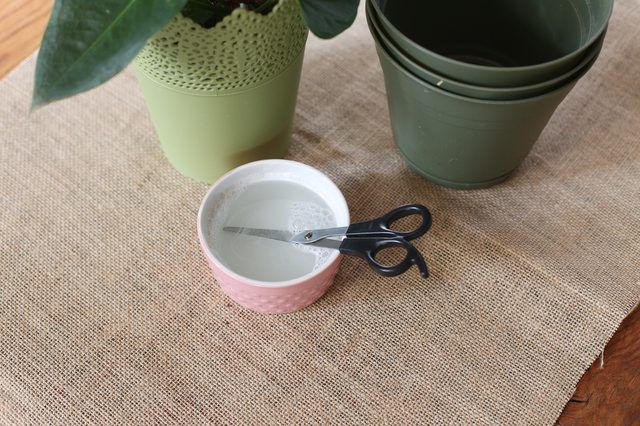Bulbs
Flower Basics
Flower Beds & Specialty Gardens
Flower Garden
Garden Furniture
Garden Gnomes
Garden Seeds
Garden Sheds
Garden Statues
Garden Tools & Supplies
Gardening Basics
Green & Organic
Groundcovers & Vines
Growing Annuals
Growing Basil
Growing Beans
Growing Berries
Growing Blueberries
Growing Cactus
Growing Corn
Growing Cotton
Growing Edibles
Growing Flowers
Growing Garlic
Growing Grapes
Growing Grass
Growing Herbs
Growing Jasmine
Growing Mint
Growing Mushrooms
Orchids
Growing Peanuts
Growing Perennials
Growing Plants
Growing Rosemary
Growing Roses
Growing Strawberries
Growing Sunflowers
Growing Thyme
Growing Tomatoes
Growing Tulips
Growing Vegetables
Herb Basics
Herb Garden
Indoor Growing
Landscaping Basics
Landscaping Patios
Landscaping Plants
Landscaping Shrubs
Landscaping Trees
Landscaping Walks & Pathways
Lawn Basics
Lawn Maintenance
Lawn Mowers
Lawn Ornaments
Lawn Planting
Lawn Tools
Outdoor Growing
Overall Landscape Planning
Pests, Weeds & Problems
Plant Basics
Rock Garden
Rose Garden
Shrubs
Soil
Specialty Gardens
Trees
Vegetable Garden
Yard Maintenance
How to Care for a Peace Lily
How to Care for a Peace Lily. Although peace lily (Spathiphyllum spp.) is not a true lily but a member of the arum plant family, it lives up to its common name. Peace lily’s stately white-hooded flowers rise on tall scapes, giving the plant a serene quality that brightens nondescript corners of a home or garden. With a little attention to...
Although peace lily (Spathiphyllum spp.) is not a true lily but a member of the arum plant family, it lives up to its common name. Peace lily’s stately white-hooded flowers rise on tall scapes, giving the plant a serene quality that brightens nondescript corners of a home or garden. With a little attention to detail, caring for peace lily is a snap.
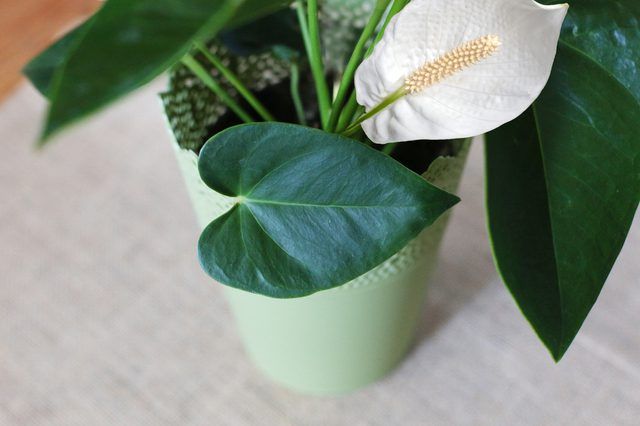
Typically, peace lily is a perennial only in U.S. Department of Agriculture plant hardiness zones 11 through 12, although some cultivars such as "Wallisii" (Spathiphyllum x "Wallisii"), also known as dwarf peace lily, and "Clevelandii" (Spathiphyllum x "Clevelandii") are hardy in USDA zones 10b through 11. Regardless of cultivar, all peace lilies prosper in shady areas out of direct sun, which can burn the leaves. Peace lily grows best in a warm environment, with optimal daytime temperatures between 68 and 85 degrees Farenheit and nighttime temperatures that drop only 10 degrees cooler.
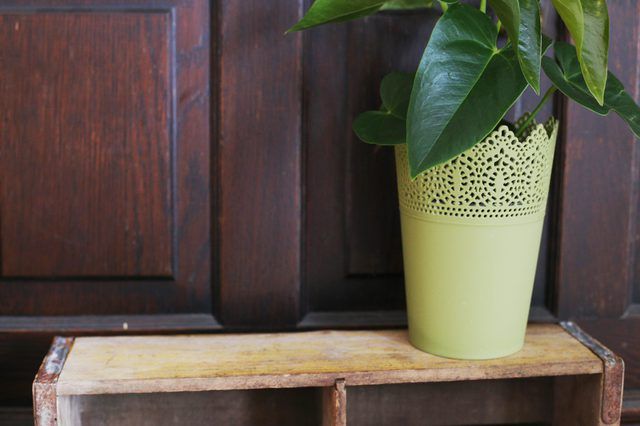
Peace lily’s sensitivity to water quality and quantity shows in its leaves. Too little water causes the leaves to wilt or turn yellow. Municipal water that contains chlorine or fluorine commonly causes peace lily’s leaf margins and tips to turn brown. Peace lily’s soil should be moist but not waterlogged. The soil should dry slightly between waterings but not so much that the plant wilts. Before watering peace lily, draw water into a container and let it sit overnight so the chlorine and fluorine gases can dissipate.
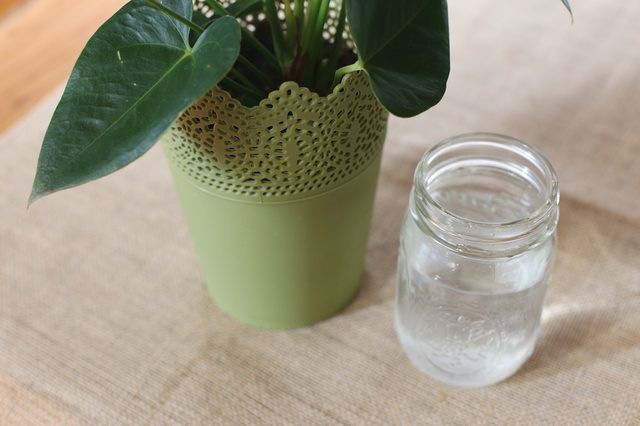
Peace lily responds best to rich, loose soil that drains well. A suitable potting mix contains equal parts of peat moss, loam and sand. Containers should have drainage holes. Peace lily doesn’t need much fertilizer, and excesses may burn the leaves and roots. If peace lily’s leaves turn black, overfertilization is likely the culprit. Use a balanced water-soluble fertilizer, such as 20-20-20, only once every two to three months, and dilute it at one-fourth the recommended rate.
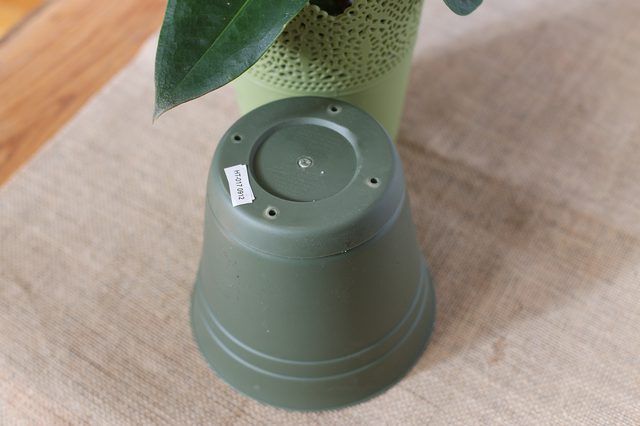
Peace lily is rarely bothered by disease and only occasionally attacked by insect pests. Mites, mealybugs and scale insects may pierce leaves and feed on the cell sap, causing a stippling pattern of yellow dots to appear. Although these insects pose only a minor threat to peace lily and rarely contribute to plant death, control them by spraying them with a premixed insecticidal soap. These pests typically hide underneath the leaves, so be sure to spray leaf undersides.

Peace lily does not require regular pruning for its growth or health. As the flower stalks and lower leaves die, cut them off the plant. Disinfect pruning tools by soaking them for five minutes in a mixture of one part household pine-oil cleaner to three parts water, and rinse the tools before using them. Because dust has a tendency to accumulate on peace lily’s wide leaves, wipe the leaves periodically with a damp cloth to remove dirt buildup. Cleaning the leaves also helps remove any pests that may be lurking. Peace lily needs a large container and typically flowers best when it is potbound. When it outgrows its container, repot peace lily in February or March.
